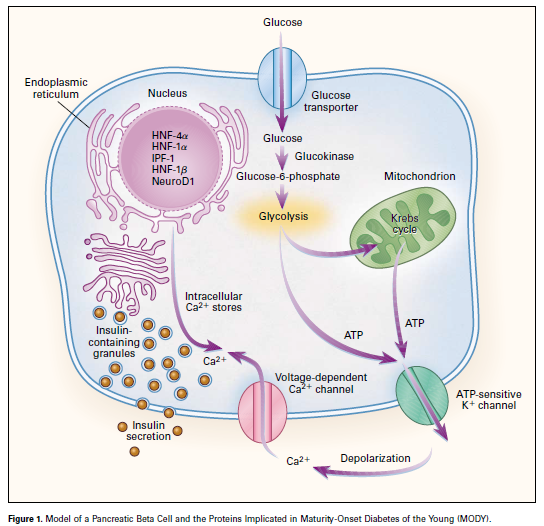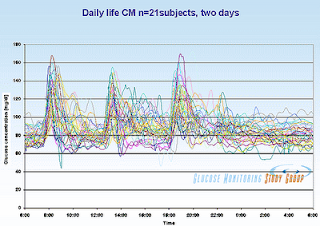Soya-noia could Destroy-ya!
From Mark Sisson's Weekend Link Love this past weekend comes this: Soy protein present in egg yolks and chicken tissues . Ruh roh!! Mark writes: It’s confirmed: meat and eggs from soy-fed chickens contain soy isoflavones . The title of the article – “Soy protein present in egg yolks and chicken tissues” – isn’t quite accurate, but soy isoflavones are often phytoestrogens and thus somewhat concerning. Boys are reaching puberty younger than ever before, a new study shows, but “it’s unclear why.” Perhaps the phytoestrogens from soy-fed chicken products are involved?






